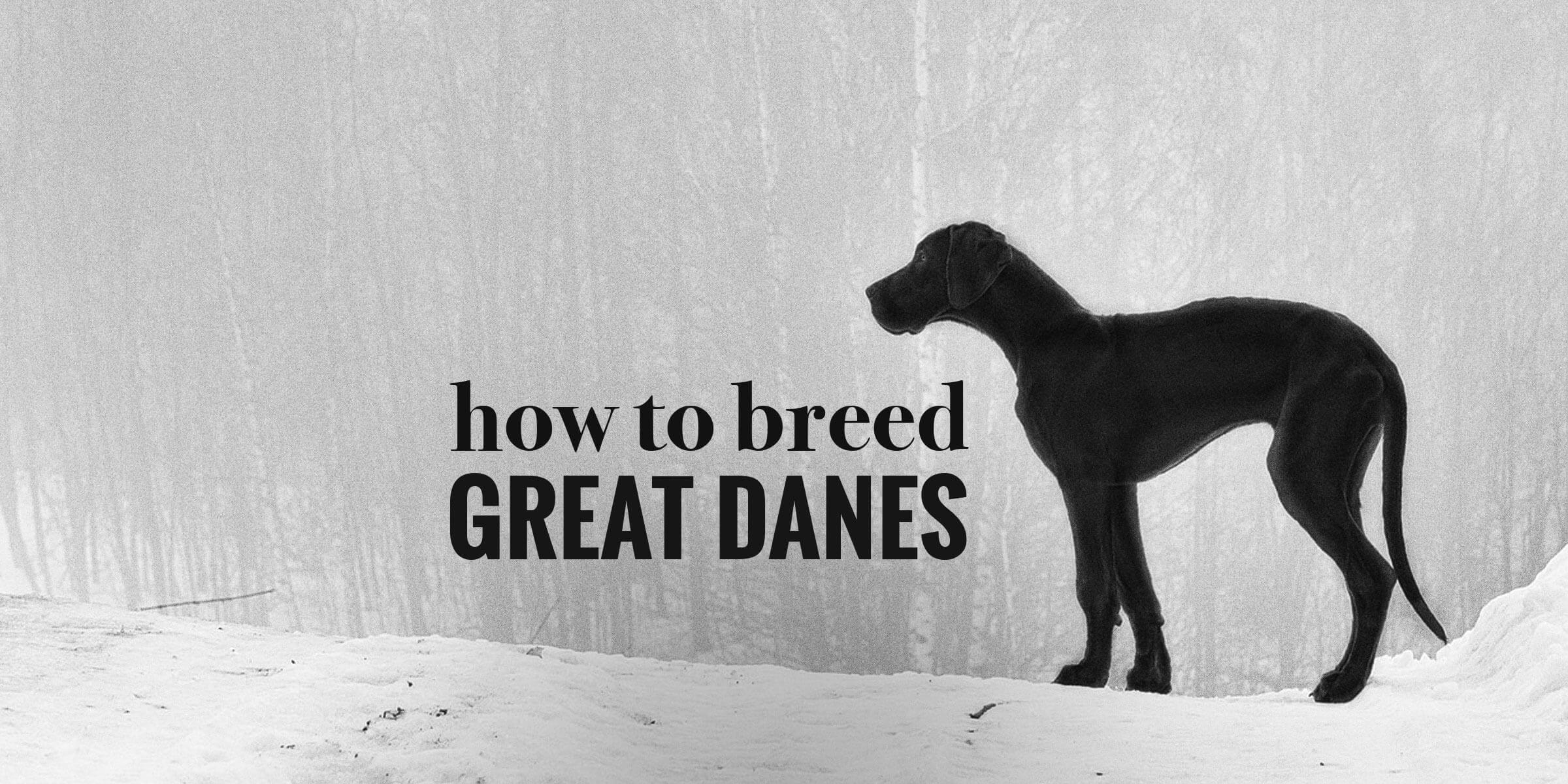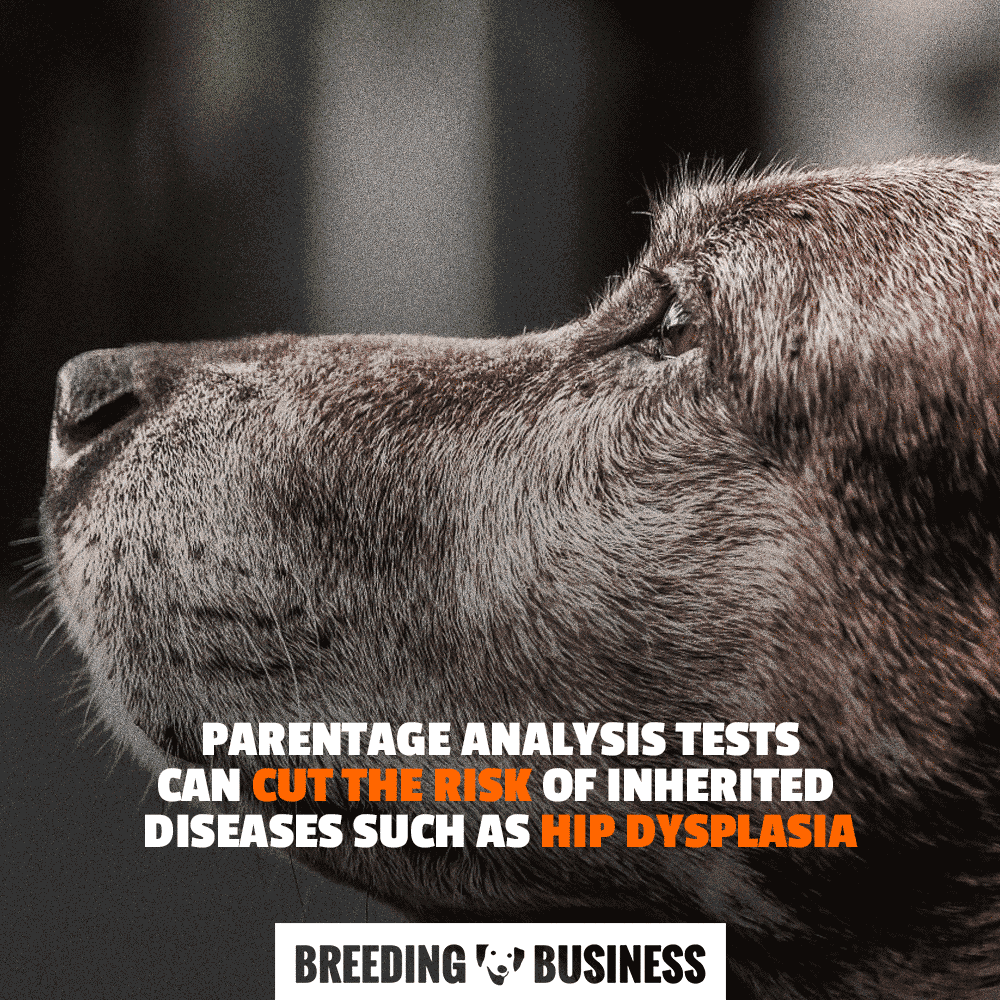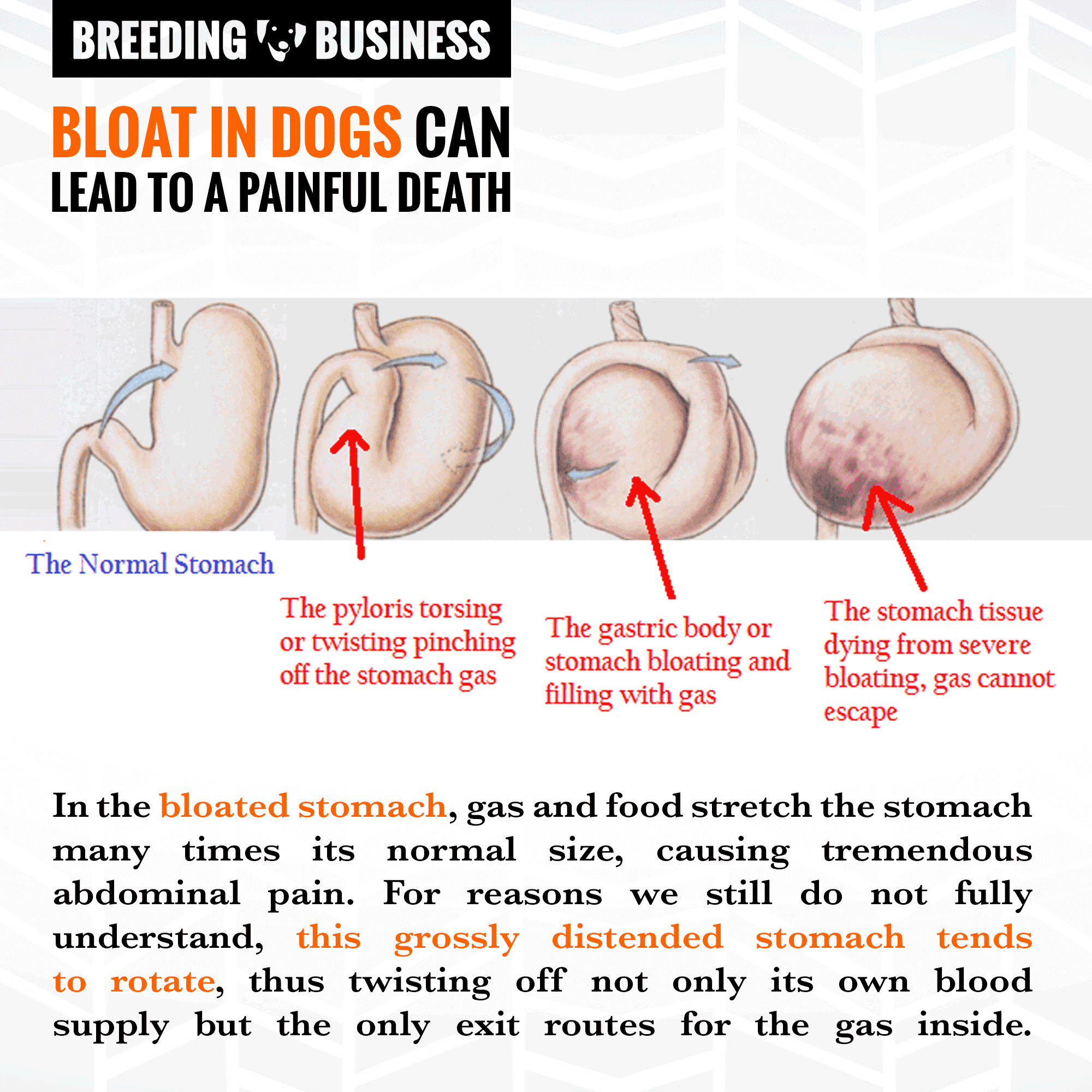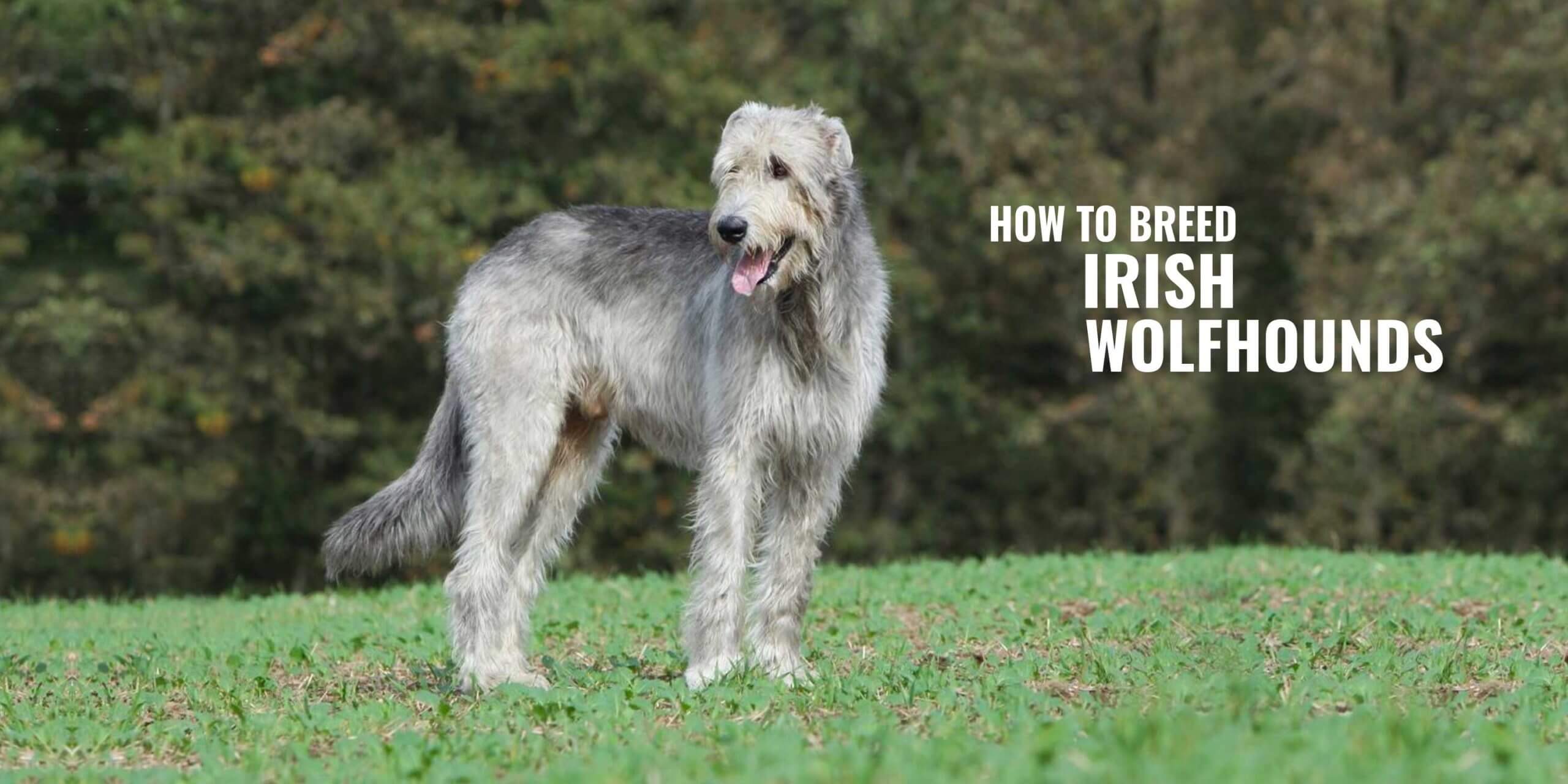Do you want to learn how to breed Irish wolfhounds like a professional? Our guide will show you everything you need to know about one of the oldest and most iconic sighthounds in the world. Known for its hunting ability, imposing size and exceptional athletic features, the Irish Wolfhound has even influenced poets to write about it.
Irish wolfhounds are also famous for their bravery and iron-like temper, features that make them exceptional as guardian dogs, especially against wolves. In this article, we will teach you everything about breeding Irish Wolfhound, their origin, temperament, appearance, and health issues.
Background of Irish Wolfhounds
As you are going to see, the Irish Wolfhound is a breed with a large and rich history. We are going to cover its origin and how they were created, as well as the modern version of the Irish wolfhound and other breed variants.
Origin
The Irish Wolfhound is one of the oldest breeds in the world, belonging from Ireland. According to historians, we have a record of this breed dating back to the 1st century, when they were bred for war. During Roman times, they were used for blood sports.
As the centuries passed by, they became the favorite choice for farmers to protect their livestock and homes. As their name clearly suggests, they were bred to combat wolves. Furthermore, they were bred for sight hunting. Thanks to their huge size and powerful athletic features, they were used to hunt deer and wild boar.
Back in the day, they were referred to as the Irish Wolfdogge or the Cu Faoil. They have inspired plenty of literature, with references in poems and novels. It is also important to note that the modern Irish Wolfhound and the ancient ones are different. We are going to discuss this part in the next section.
Modern Irish Wolfhounds
The person responsible for breeding the Irish Wolfhound as we know it today is Captain George Augustus Graham. Based on his testimony, he could not find the breed in its authentic integrity, but he did his best to get it as close to the ancient ideal as possible.
To accomplish it, he mixed the following breeds:
- Great Dane
- Scottish Deerhound
- Borzoi – Ideal for its hunting abilities
- Tibetan Mastiff
This mix allowed him to put the most important features into the specimen, placing an important emphasis on its strength, speed and sight hunting abilities.
Therefore, even though what we have nowadays is very close to the ancient Irish Wolfhound breed, it is not the same. However, it has its own benefits because it allowed us to get a dog with a much calmer temperament than the original.
Breed Variants
Irish Wolfhounds are also used for crossbreeding. Here are the most popular breed variants of Irish Wolfhounds:
- Mastiff x Irish Wolfhound = Irish Mastiff
- Giant Schnauzer x Irish Wolfhound = Irish Wolf Schnauzer
- Great Dane x Irish Wolfhound = Irish Dane
- Great Pyrenees x Irish Wolfhound = Great Wolfhound

Appearance
To make sure that your Irish wolfhound is worthy to be in dog shows or to sell at a higher price, it needs to meet specific appearance standards. Whether you are buying this breed so that you can examine the parents properly, or you are looking forward to breeding Irish wolfhounds, this section is essential.
Size
They are one of the largest breeds in the world. The following are the average height of male and female Irish Wolfhounds:
- Male: 32-35 inches
- Female: 30-34 inches
If that isn’t enough to surprise you, here’s the average weight of Irish Wolfhounds:
- Male: 120-180 pounds
- Female: 105-140 pounds
Build
The Irish Wolfhound breed has an imposing size, muscular contexture, and graceful build. It resembles the powerful and athletic appearance of other sighthounds. Also, it is capable of generating plenty of power and can clock speeds up to 40 miles per hour.
Here are some more details about its build:
- Chest: Wide and deep
- Belly: Notoriously drawn up
- Legs: Muscular and straight
- Hindquarters: Very muscular thighs
- Forequarters: Muscular shoulders
- Back: Long and the loins are arched

Face and Skull
It has an elongated head and the skull is not notoriously broad. Additionally, the frontal bones of the forehead are raised slightly, and along with the minimal indentation between the eyes, these features give the Irish wolfhound its characteristic looks.
Neck
It displays a long, muscular and strong neck. It also features a notorious arch that complements its strong and muscular build.
Coat
The Irish Wolfhound breed’s coat is rough and hard, but especially longer and wiry under the jaw and over the eyes. It is ideal for rough terrains because it protects them from the weather.
According to Irish Wolfhound breeders, these are the official coat colors:
- White
- Fawn
- Grey
- Black
- Red
- Brindle
On top of that, any color present in the Deerhound is also valid for the Irish wolfhound.
Ears
Its ears are surprisingly small and resemble the Greyhounds. If the ears are too large, then they are considered to be a breeding or genetic fault.
Tail
The tail is long and curved. It matches the build and contexture of the dog properly, giving it an aura of power and athleticism.
Personality and Temperament
Despite their big size and hunting nature, Irish Wolfhounds are lovely, sensitive, noble and easygoing. To summarize, they are great pacifists with the heart of a hunter, which has its own pros and cons.
The Good
The Irish Wolfhound breed is calm and gentle to people, and therefore, it can be an excellent family dog, especially if you have a large backyard where it can run freely.
They are also very loyal and will do everything in their power to protect their owners, especially if provoked.
[adwithin]
Since they are very intelligent dogs, they need plenty of mental stimulation in addition to physical exercise. It will train them properly and prevent them from developing unwanted behaviors.
Irish Wolfhounds are also friendly towards strangers in the majority of cases. This fact makes them sweet-tempered but makes it more challenging to train them as guard dogs. It is possible, but it will demand more effort and patience.
To summarize: the Irish wolfhound is a sweet-tempered and loyal dog that would do everything to protect its family.
The Bad
Because they are hunters and sighthounds, they have the tendency to chase after animals, especially cats, and small pets. Therefore, you need to remain extra vigilant when outdoors, because even when trained properly, they will have this tendency.
Early socialization is a must to avoid aggression against other dogs. You can easily solve this negative trait with proper training. Take note that they tend to be more aggressive against dogs of the same sex.
Also, Irish Wolfhounds are one of the hardest breeds to train as they are slow learners and have a stubborn temperament. Training them takes plenty of patience, and therefore, Irish wolfhounds are better suited for experienced dog owners.
To summarize; consider that these dogs were bred and trained to hunt and kill wolves. The killer instinct will always remain, and therefore, you need to be more careful and provide tons of training, socialization, and physical exercise to them.
The Ideal Owner
Just by reading the negatives and positives of an Irish Wolfhound’s temperament, you can get an idea of what an ideal owner would look like. Here’s what the ideal Irish Wolfhound owner looks like:
- Experience training dogs
- Plenty of space at home or can take the Irish Wolfhound to the outdoors for at least 45 minutes a day
- Can give the dog plenty of attention
- Loves the outdoors and needs a good companion dog
- Does not have other small animals at home
If you think you fit the bill, then this breed might be perfect for you!
Irish Wolfhounds vs. Great Danes
People who wish to own an Irish Wolfhound are also attracted by the idea of purchasing or breeding Great Danes. Below you will find a full comparison of the most important features of these breeds to draw a clear difference between both.
| Feature | Irish Wolfhound | Great Dane |
| Origin | Ireland | Germany |
| Height | Male: 32-35 inches Female: 30-34 inches | Male: 30-34 inches Female: 28-32 inches |
| Weight | Male: 120-180 pounds Female: 105-140 pounds | Male: 120-200 pounds Female: 100-130 pounds |
| Coat | Rough and Wiry | Dense |
| Shedding | Moderate | Moderate |
| Lifespan | 6-10 years | 8-10 years |
| Trainability | Moderately Easy (Best for experienced owners) | Easy |
| Emotional Level | Very loyal and affectionate | Moderately emotional |
| Temperament | LoyalSweetSmartThoughtful | ReservedFriendlySmartConfident |
| Social Ability | Average | Very Social |
| Purpose | Hunting Dog | Working Dog |
| Apartment Living | Not Recommended | Ideal Choice |
| Price | $1,300-$6,000 | $600-$3,000 |
Now that you know the main differences, you can determine which breed will suit your needs the best. But to summarize; if you are planning to get a companion for hunting, then an Irish wolfhound is the best choice. If you need a durable and courageous working dog, then the Great Dane is a much better option.
Not to mention, the Great Dane is a sound choice if you do not have much space at home. Because even though both are big dogs, the Great Dane can adapt to apartment living much better than the Irish Wolfhound.

Health Issues when Breeding Irish Wolfhounds
Like any other breed, these dogs are more susceptible to specific diseases and genetic defects. Being aware of these will help you to examine the stud and bitch properly, as well as to know what to expect in the worst of cases. Nonetheless, Irish Wolfhounds are a healthy breed for the most part.
With proper diet, exercise and mental stimulation, they can live a long, healthy life. Their life expectancy ranges from six to ten years, with seven being the average. Nonetheless, according to this study by S.R. Urfer and C. Gaillard & A. Steiger, the usual age of the Irish Wolfhound breed varies from 4.95 to 8.75 years.
Sensitivity to Anesthesia
Sensitivity to Anesthesia is a common occurrence in sighthounds like the Saluki and it is due to their low levels of body fat. Furthermore, since they metabolize drugs in a different way than other breeds, they need extra caution and care when anesthetized.
Therefore, if you ever need to anesthetize your Irish Wolfhound, keep in mind that it could experience the following side effects:
- White Coat Effect
- Cardiovascular Problems
- Slow Recovery
- Hypothermia
Hence, proceed with caution and ensure that your veterinarian is aware of this latent problem.
Hip & Elbow Dysplasia
Many breeds tend to suffer these types of orthopedic diseases, and since Irish Wolfhounds grow at an outstanding rate, they are at higher risk, especially if their diet is not optimal. Nonetheless, when compared with other breeds like the Bernese mountain dog (36% incidence rate), the Irish wolfhound had a lower incidence rate (10%).

Both types of Dysplasia have a genetic component, and therefore, you must test the parents before breeding. Even though both types of Dysplasia are not life-threatening, they can lead to lameness and severely affect the quality of life of the puppies.
Once your veterinarian has properly diagnosed your dog, he will select the most appropriate treatment, which can include:
- Weight reduction
- Physical therapy
- Exercise restriction
- Anti-inflammatory drugs
- Surgery (For the most severe cases)
Early diagnosis and treatment will help your puppy to maintain a good quality of life.
Liver Shunt (Portosystemic Shunt)
Portosystemic shunt is a rare congenital disease that prevents the blood vessels from the liver to remove toxins adequately. It is a life-threatening condition because it leads to poisoning, and although surgery is possible, it is outrageously expensive and complicated.
All dogs that suffer from this disease have to undergo surgery because even though medical therapy is helpful, it is not enough to stop progressive hepatic fibrosis.
[adwithin]
These are the most common indicators of Liver Shunt:
- Stunted growth
- Disorientation
- Poor muscle development
- Circling
- Head pressing
- Seizures
Therefore, you must screen the puppies for Portosystemic Shunt before leaving the breeder, because it has a low survival rate. The same goes if you plan to breed the Irish Wolfhound because you must ensure that the parents have not suffered this condition before.
Heart Problems
The Irish Wolfhound has a high incidence rate of cardiac dysfunction, which can manifest in several genetic and non-genetic disorders. These are the most common cardiac problems that Irish wolfhounds present:
- Atrial Fibrillation (AF) – Most Common
- Dilated Cardiomyopathy (DCM) – As a result of AF
- Congestive Heart Failure (AHF) – As a result of DCM
Although these problems are dangerous, your Irish Wolfhound will live a good and happy life if he receives early and appropriate treatment. Needless to say, early diagnosis is a must.
Nonetheless, you should test the parents for these conditions before breeding, to clear the gene pool and prevent your puppies from developing this disease.
Gastric Dilatation-Volvulus (GDV)
Gastric Dilatation-Volvulus is a serious disease that affects the Irish Wolfhound breed. In fact, in private research conducted by the famous American breeder Gretchen Bernardi (1986), it was seen that GDV was the cause of death in 11.7% of Irish Wolfhounds.
The most common symptoms include:
- Excessive drooling
- Unproductive dry heaving
- Depression
- Abdominal pain
- Anxiety
- Vomiting
- Collapse
If you detect these symptoms, then get immediate medical attention for your Irish Wolfhound because this disease has a high mortality rate.
According to research, there is no clear cause for GDV, and therefore, it is believed to be congenital. Therefore, it is important to test the parents before breeding and the puppies as well before leaving the breeder.

Progressive Retinal Atrophy (PRA)
PRA is a congenital eye disorder that causes the degeneration of the photoreceptor cells of the rod and cone (retina), which leads to peripheral vision loss, and eventually, total blindness. Unfortunately, it is part of the Irish Wolfhound gene pool, and therefore, it makes it even more important to screen the parents before breeding.
The symptoms include:
- Dilated pupils
- Night blindness (problems seeing in the darkness or low light)
- Decreased pupillary night reflex
Breeders in the UK have reduced the incidence rate of this disease by excluding affected dogs and testing all possible parents. They have even created a list of known carriers, which are the parents of a hound with diagnosed PRA.
If you are planning to breed Irish Wolfhounds, you must take a similar approach. PRA testing is surprisingly affordable at only $50-60 USD per dog and you can even get multi-test discounts.
Therefore, it is an excellent investment, it will allow you to market your puppies better and get better profits, and what is even more important, you will bring owners healthy pups that will make them happy.
Osteosarcoma
Bone cancer is one of the leading causes of death in Irish Wolfhounds, accounting for 20% of the cases. It has an outrageously aggressive behavior and tends to extend to other organs quickly, especially the lungs.
These are the most common signs:
- Limping
- Unwillingness to put weight on a specific limp (affected by the osteosarcoma)
- A noticeable lump on the affected limp (tumor)
According to the Canine Health Foundation, it has a survival rate of approximately one year for 50% of treated dogs. Unfortunately, it is considered an incurable disease in most cases.
Fibrocartilaginous Embolic Myelopathy (FCE)
This disease is also known as Fibrocartilaginous Emboli or Spinal Cord Infarction. It affects the normal functions of the spinal cord, leading to atrophy of the blood vessels in this region. Unfortunately, it is common in the Irish Wolfhound breed.
According to research, the reason for the blockage of blood flow is fibrocartilage from the nucleus pulposus of an intervertebral disc. When it happens, it leaves the spinal cord without oxygen and nutrients, which causes the neurons in the spinal cord to die or remain dysfunctional. This leads to the following symptoms of FCE:
- Loss of function to a specific limb(s) or an entire side of the body
- Weakness and lethargy
- Complete paralysis
- Inability to urinate
Fortunately, FCE can be treated. The most common methods are supportive therapy and physiotherapy. You should test the parents before breeding because it will limit the life quality of the puppies.
Osteochondritis Dissecans (OCD)
OCD is a disorder that affects the shoulder joint of dogs and it occurs when the cartilage in the joints does not properly attach to the bone. It leads to the loss of cartilage on the ball portion of the joint, which causes pain and inflammation because it exposes the nerves.
Irish Wolfhounds are at a high risk of suffering OCD because some specimens tend to grow too quickly, which leads to the malformation of the cartilage in the joints.
The most common and effective method to treat OCD is the surgical removal of the cartilage flap called arthroscopy. This method is surgical and allows the bone to heal.
Furthermore, evidence suggests that OCD is genetic. Therefore, the parents should be tested before breeding to prevent them from descending this defect to the Irish Wolfhound gene pool.
How To Breed Irish Wolfhounds
Now that you have a proper background about these fantastic guardian dogs, it is time to talk about breeding-specific points. Below you will find everything there is to know about breeding Irish Wolfhounds.
Average Litter Size of an Irish Wolfhound
Irish Wolfhounds can have a litter size from 1 to 12 puppies. It tends to fluctuate a lot based on the coefficient of inbreeding, which correlates directly with the number of generations.
The higher the number of generations, the higher the coefficient of inbreeding. For example, at 6 generations it is 8.72, whereas at 10 generations it is 18.16, which is higher than average. Therefore, the lower the number of generations, the more likely that the litter will yield more puppies.

Birthing Problems
On top of the health issues we have mentioned, Irish Wolfhounds are also at risk of suffering birthing problems. For example, in this report, we can find that 19 out of 438 Irish Wolfhounds suffered cases of dystocia, which represents approximately 4% of the population.
Even though it is much lower than other breeds such as brachycephalic, it is still important to inspect the mother before breeding to detect issues such as the inadequate size of the birthing canal or uterine inertia.
On the other hand, it is still critical to monitor the mother during the pregnancy, to detect fetal issues such as the oversize of the fetus or a potential abnormal orientation.
Pricing
An Irish Wolfhound puppy will cost you a minimum of $1,300 USD, but the price can be as high as $6,000+ USD. It all depends on crucial factors such as the reputation of the breeder, bloodline quality, health records, show quality, and desirable physical traits.
For a better perspective, here are some real-life examples below:
- A female Irish Wolfhound puppy with verified pedigree, full registration, health certificates, health guarantee and from tested parents sold by a top breeder will cost you around $2,500 USD
- A male puppy with limited registration, verified pedigree, health certificate, health guarantee and with a veterinarian inspection can be yours for $1,000 USD
As you can see, the number of health certificates, the type of registration, the reputation of the breeder and the bloodline play a determining factor in the price.
As we said, these pups can cost over $6,000 USD, and such a price is usually for puppies sold by exclusive breeders who have Irish Wolfhounds from champion bloodlines.
Irish Wolfhound Breed FAQ
During our research, we found these four questions to be the most popularly asked among aspiring Irish Wolfhound breeders and owners. You will a detailed answer to each one here.
Are Irish Wolfhounds hypoallergenic?
[adwithin]
The Irish Wolfhound breed is not hypoallergenic since it tends to produce lots of dander due to its size and the structure of its coat. Furthermore, since they need to spend plenty of time outside, they can trigger even more allergies because their coat will catch dirt and allergens.
Can Irish Wolfhounds be trained for hunting snakes?
Irish Wolfhounds can be trained to hunt snakes since they have a great prey drive. They have been used to hunt big and dangerous game since the beginning, and that would include snakes.
But it would require specialized training, similar to what Labradors receive in Florida to help with the plague of Burmese pythons.
Can Irish Wolfhounds be good search and rescue dogs?
Irish Wolfhounds are not good search and rescue dogs due to their big size. Their size makes it harder to transport them and makes them more susceptible to trauma and injuries. Not just that, it would be almost impossible for Irish Wolfhounds to use rescue ropes.
On top of that, since it has a small lifespan, the Irish Wolfhound breed would not have a long working life. While working the numbers, do also consider the fact that it takes at least two years to train a proper search and rescue dog.
Are Irish wolfhounds good family dogs?
Irish Wolfhounds are good family dogs for homes where there are no other small animals. Not to mention, Irish Wolfhounds do well with kids; they are loyal and very protective. Nonetheless, their prey drive and hunting instinct make them prone to attacking other pets like cats.
However, since they have been bred for show, and therefore their temperament has improved considerably, Irish Wolfhounds are a good choice for families. They only require early training and socialization to develop their desirable personality traits.
Now you know how to breed Irish Wolfhounds. As you have seen, it is an incredible breed with interesting physical features and temperament. It also has its own set of challenges. But if you have fallen in love with this adorable and fiery dog breed, then now you have the knowledge to properly take care of it or even become an Irish Wolfhound breeder!
